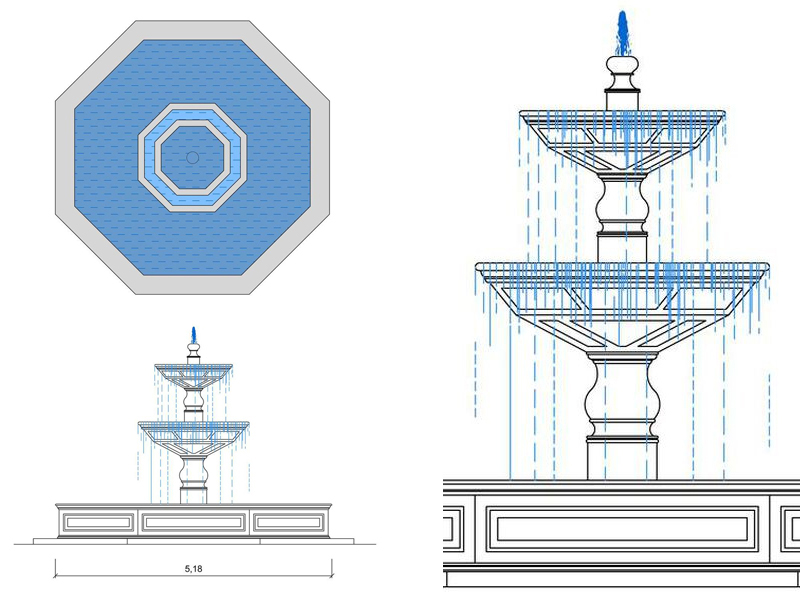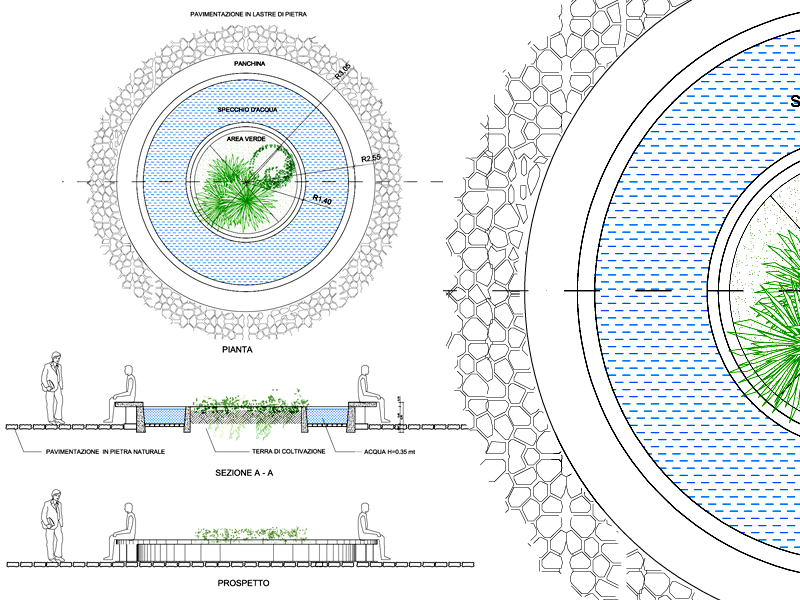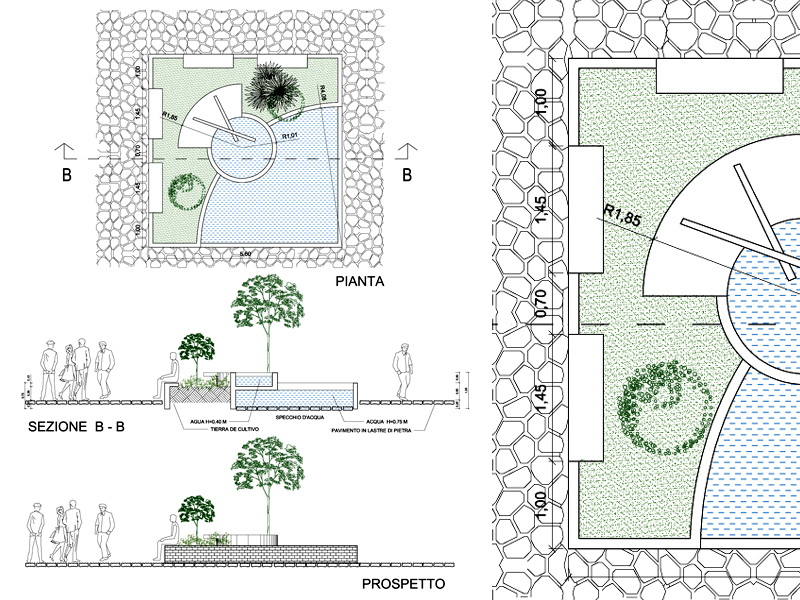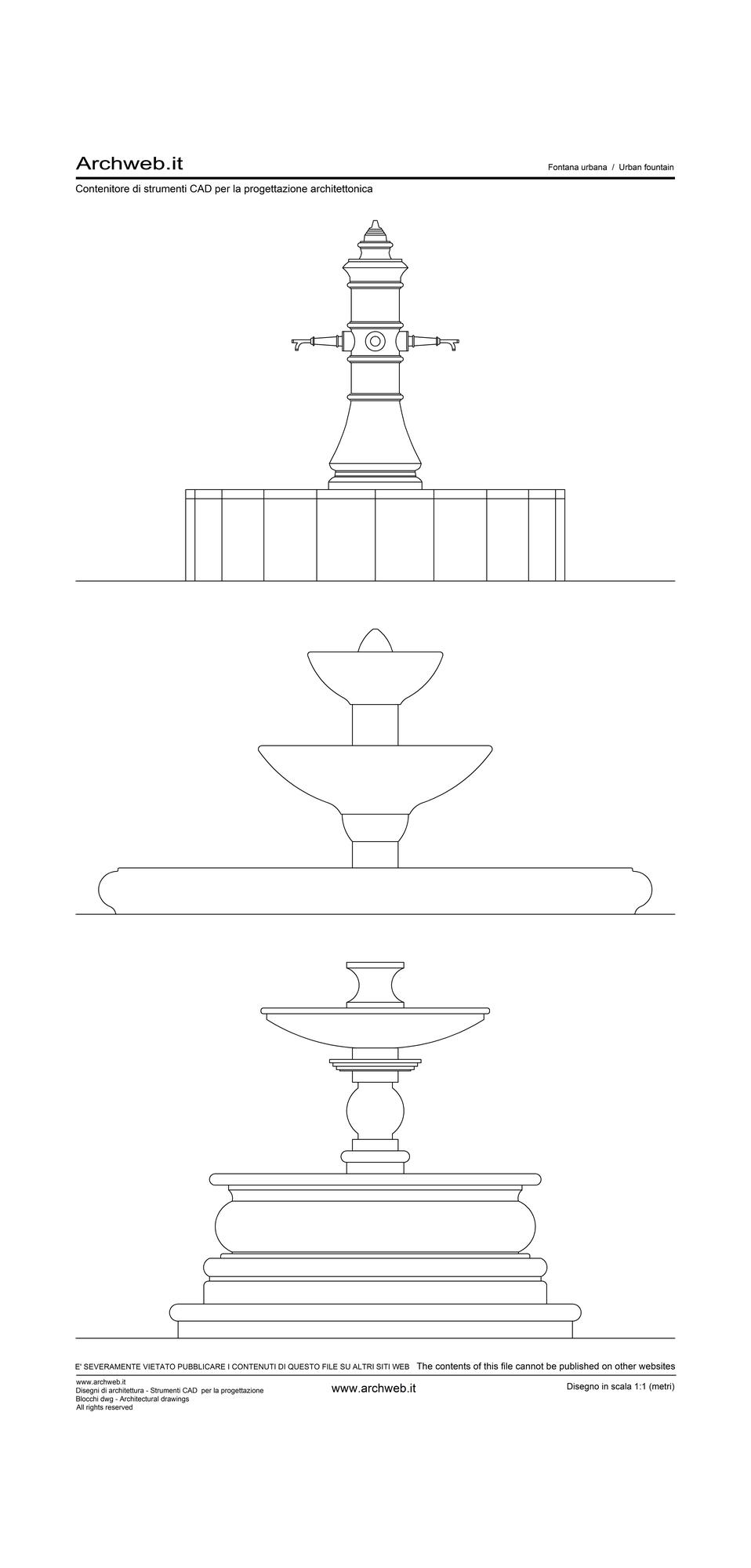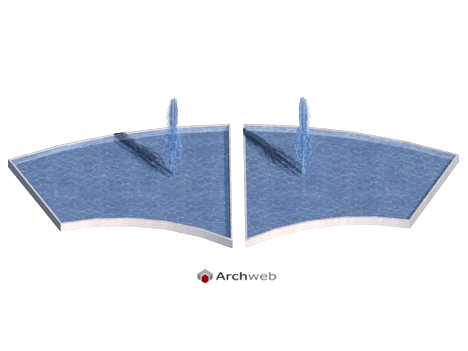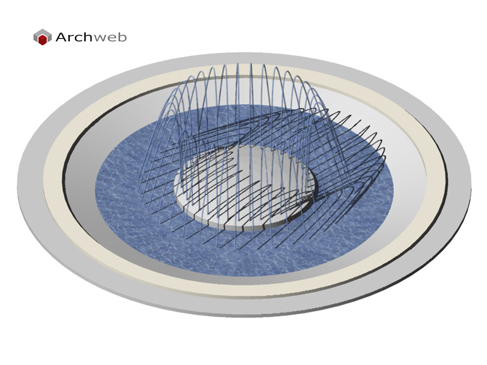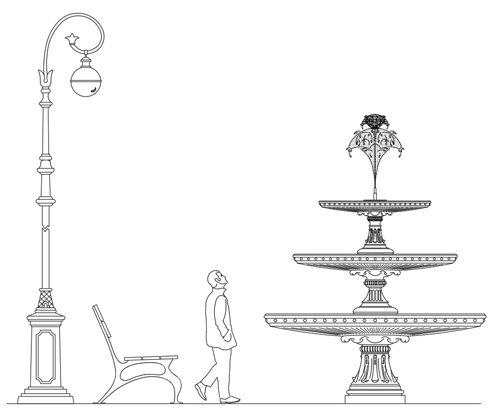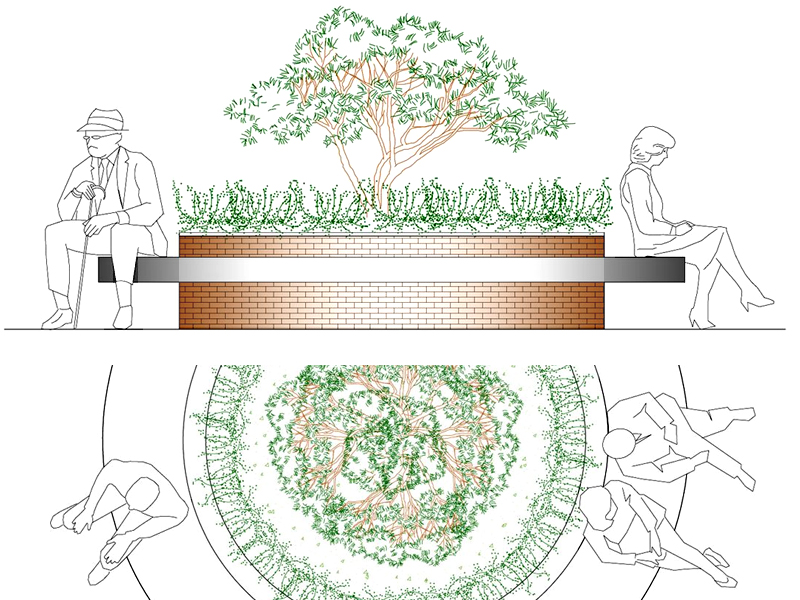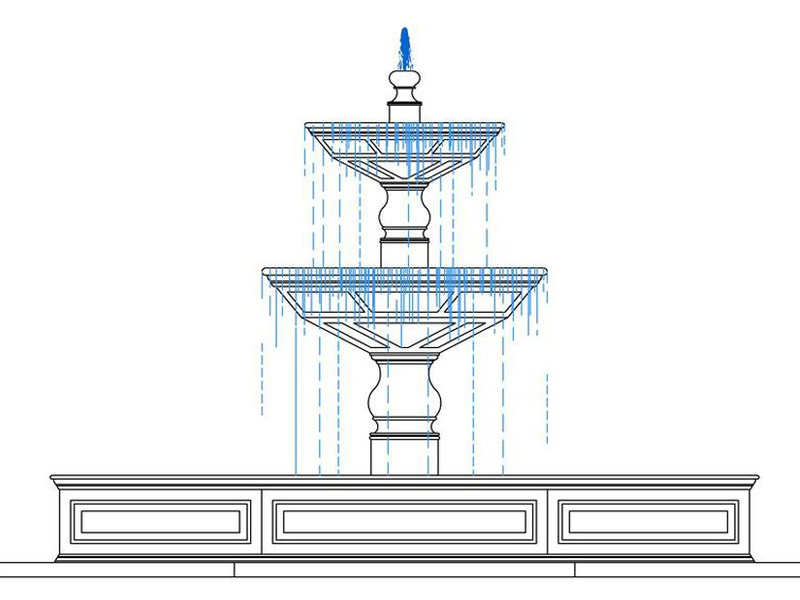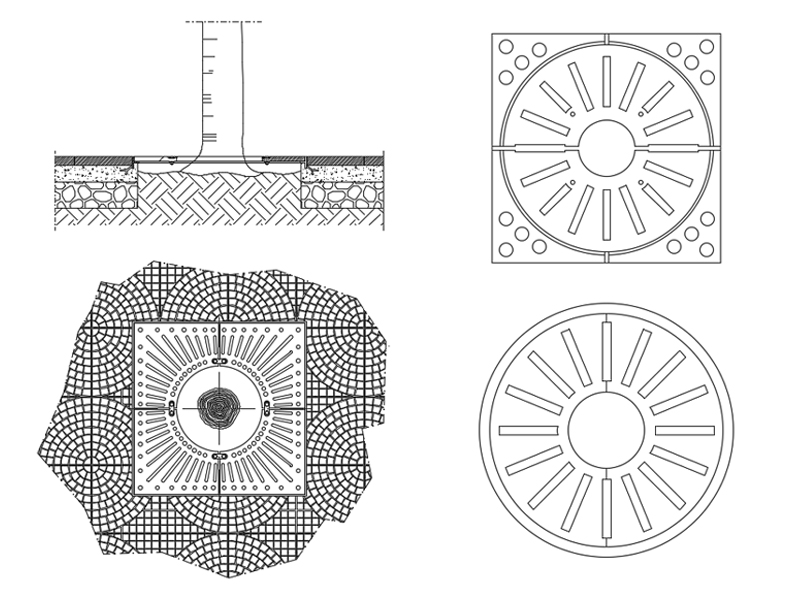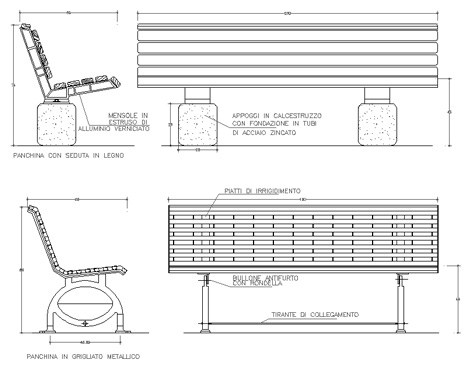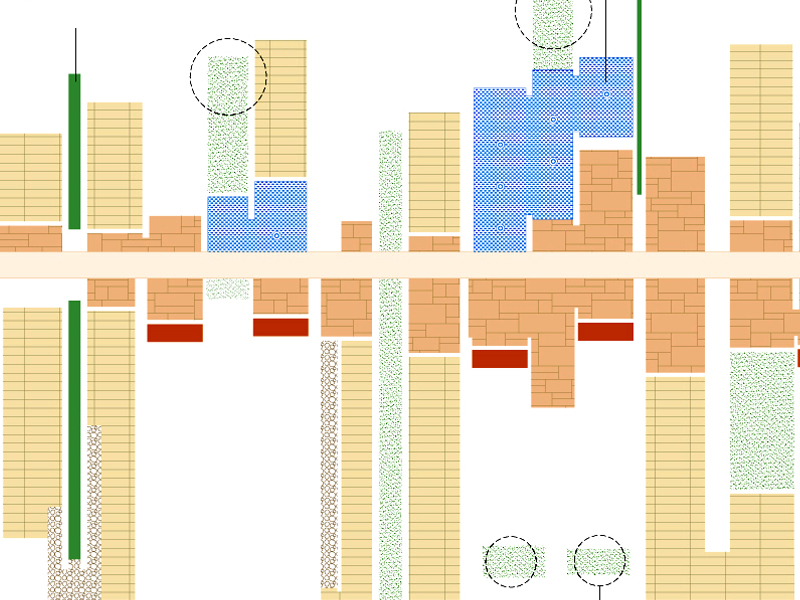How to design a public fountain?
Guidelines for designing a fountain
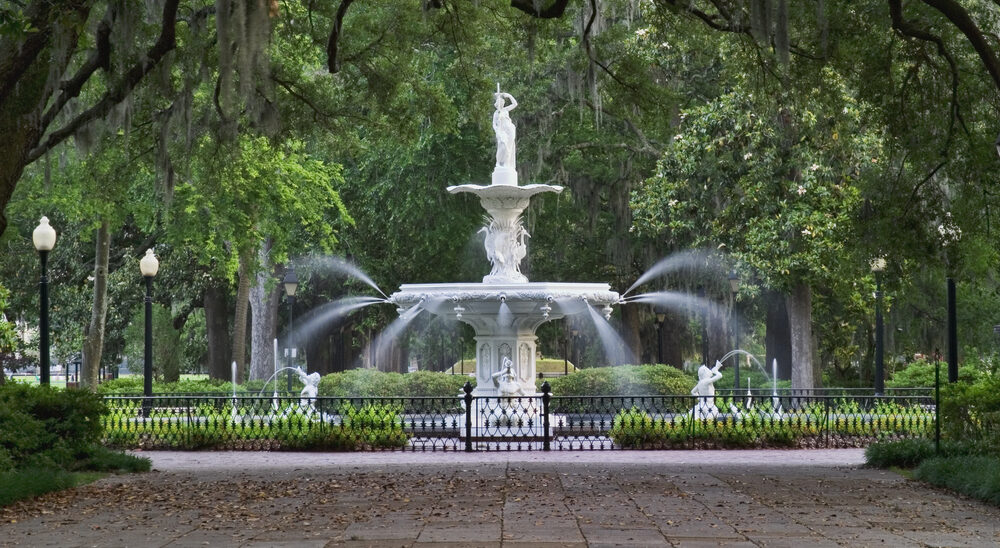
Water is an essential element for lives to sustain. After all, the earth’s selection as the natural habitat for life was essentially down to the presence of water in its atmosphere. Hence, it is obvious that throughout history, proximity to water sources have defined the patterns of human settlements, as well as their social, agricultural, and commercial activities.
So, when humans started to build cities, water sources and features like wells and fountains became an indispensable feature of both its public and affluent private spaces. In ancient cities like Pompeii, the main purpose of fountains was to provide a practical water reservoir. Realizing the visceral aesthetics of wells and water fountains, later, city authorities increasingly focused on installing elaborate water features to display prosperity, culture, power, political triumphs, etc.
Guidelines to Design a Square with Fountain
While designing an urban fountain, there are several things that one must consider. It includes everything from the purpose of the fountain, the context of its placement, the materials, and to its artistic and cultural values.
Today, we will discuss the following aspects of designing a public fountain project:
How to design a fountain in a square?
Placing the fountain in the square
What shape the fountain should have
The urban context in which to place it
The choice of materials: classic or modern?
Whichever way you want to approach designing a square fountain, the contemporary design responsibilities require it to be a water a feature that reflects the current cultural values of the communities. Considering the important socio-cultural role water plays, an urban fountain in a public space should also contribute to the wellbeing of modern urban life.
How to design a fountain in a square?
Before getting busy with a drawing board to design a fountain, there are a number of important factors that must be considered thoroughly. It should begin with understanding the purpose of the fountain: Is it just as a decorative feature? To provide drinking waters? Is there any message to be symbolized? Learning about the purpose is key to delivering a project of a fountain in a satisfactory way.
The strict theoretical guidelines may not have to be followed, but the fountain must be aligned with the city’s urban planning and the water features installation guidelines. Technical features such as the placements of pumps, the supply of freshwater, securing the power supply cables, etc. also need to be considered to design a sustainable public water feature.
Placing the fountain in the square
A fountain can be the focal point or can be something to complement or divide the space. For a public fountain to fulfil all its utilities, it must be placed in such a way that it is practical, aesthetically pleasing, and safe. Fortunately, there are some basic rules for the placement of a fountain in a square.
To begin with, one must not place a fountain under trees to save the water from fallen leaves, birds, and insects. It also should be equipped with frost-protections, and shouldn’t be exposed to high winds. The height of the water supply and the depth of the basin are other important placement considerations; as most public fountain basins are required to have a shallow depth of not more than 18-inches.
What shape the fountain should have
The design options for public fountains are so multitudinous that there are practically no limits for the designers. Still, most commonly-seen fountains can be grouped into three main categories.
The first is the installation where water plays a dominating role with the sculptural and practical elements like street furniture designed to complement it. The second is the one where the opposite happens – the structural elements playing the prominent role and gets complimented by water. The third is the water feature where both elements play an equal role to reinforce each other’s effect.
Depending on the philosophy, you can design a floating, decorative, sequenced, or musical fountain. There are also fountains shaped like cascades, waterfalls, rills, and channels, etc.
The urban context in which to place it
Considering how each water feature displays the optical and acoustic characteristics of an environment, the designer must also consider the climate, environment, size, type of visitors, the nature of the required effect, the maximum acceptable noise level and the standard of cleanliness required.
For example, Rathbone Square in London is located in a busy shopping area and the presence of water serves to offer shoppers a respite from the chaos.
In designing the square, Gustafson Porter + Bowman placed emphasis on how water could be used alongside the trees and green spaces that are central to this area. Therefore, they created two bodies of water that reflect the trees and plants of the square. The flow of water over the edge of the pools gives this space a sense of movement as it distorts the reflections.
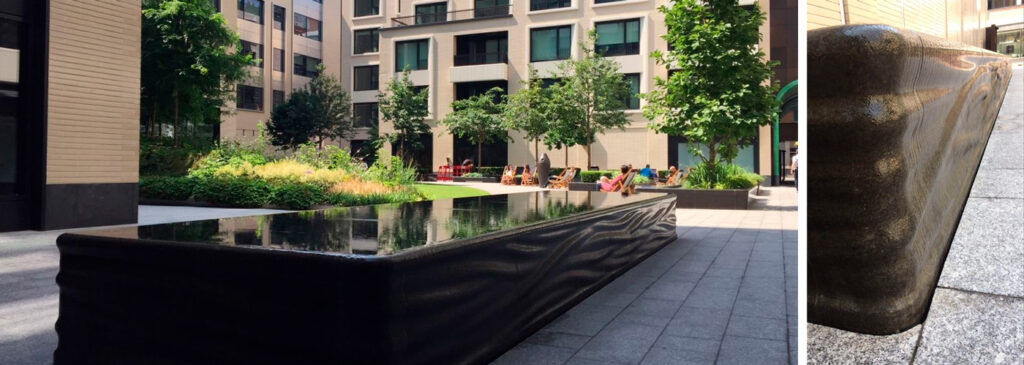
The two bodies of water, at the two ends of the square, are visually connected by canals. These shallow streams meander through the space, providing a tranquil path through a hub of urban life. The theme of combining water and greenery within the space is further continued here as these streams are set directly into the many flowerbeds that define the square. The combination of water and vegetation builds on the overall theme of life and brings together the various elements that make up the Rathbone Square area.
Another example is the fountain designed by Richard Meier for the Ara Pacis in Rome. Here the problem to be solved was to create a rest area for visitors that was quiet and isolated from the noise of traffic along the Tiber. The solution created consists of a long, thick wall that acts as a soundproof barrier and from which a waterfall descends which, with the noise it produces, cancels out that of the traffic. To obtain this effect there is also the contribution of various vertical jets which, falling on the water surface, contribute to the creation of a relaxing atmosphere.
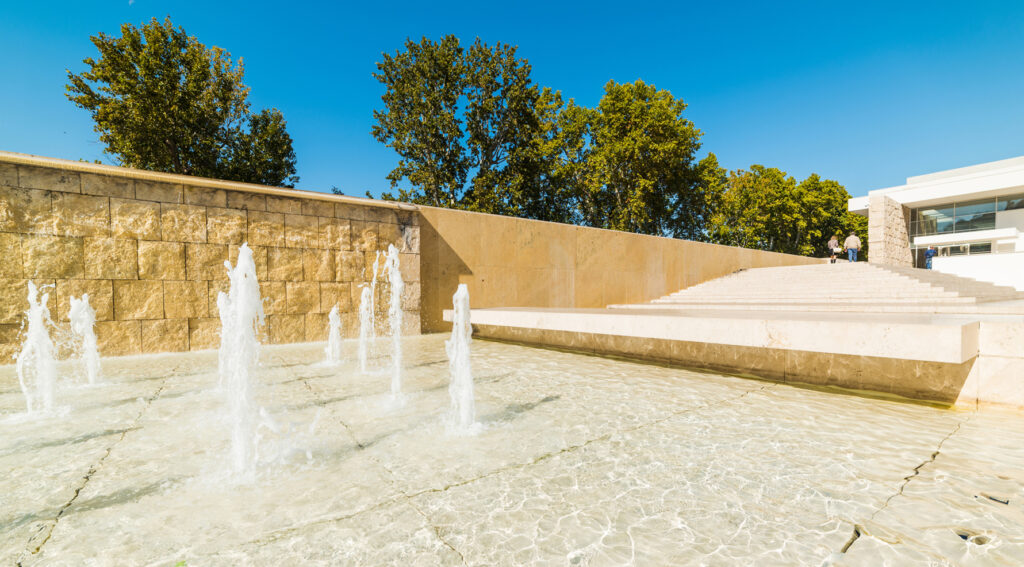
The choice of materials: classic or modern?
The earliest fountains, such as in Ancient Rome, was mainly built to provide waters for drinking and washing. By the end of the 19th century, however, it started to become more decorative. A century later, gravitational forces were also replaced in favour of steam pumps, and later, electric pumps.
Anyways, a contemporary fountain can be made based on both classic and modern techniques. If the water source is placed in a mountaineering area or at a height, gravitational force can be used for an eco-sustainable project of a fountain.
In modern fountains though, a closed water recirculating system is the norm with the addition of water basins, pumps, nozzles, filtration tools, lighting and musical installations, etc. The most common structural materials include cast stones, ceramic, fibreglass, and metal.
Conclusions
Public fountains are multi-dimensional water features that fulfil a plethora of incentives. They are mostly decorative in the modern days, and thus, requires to be designed with both aesthetical and technical features.






























































